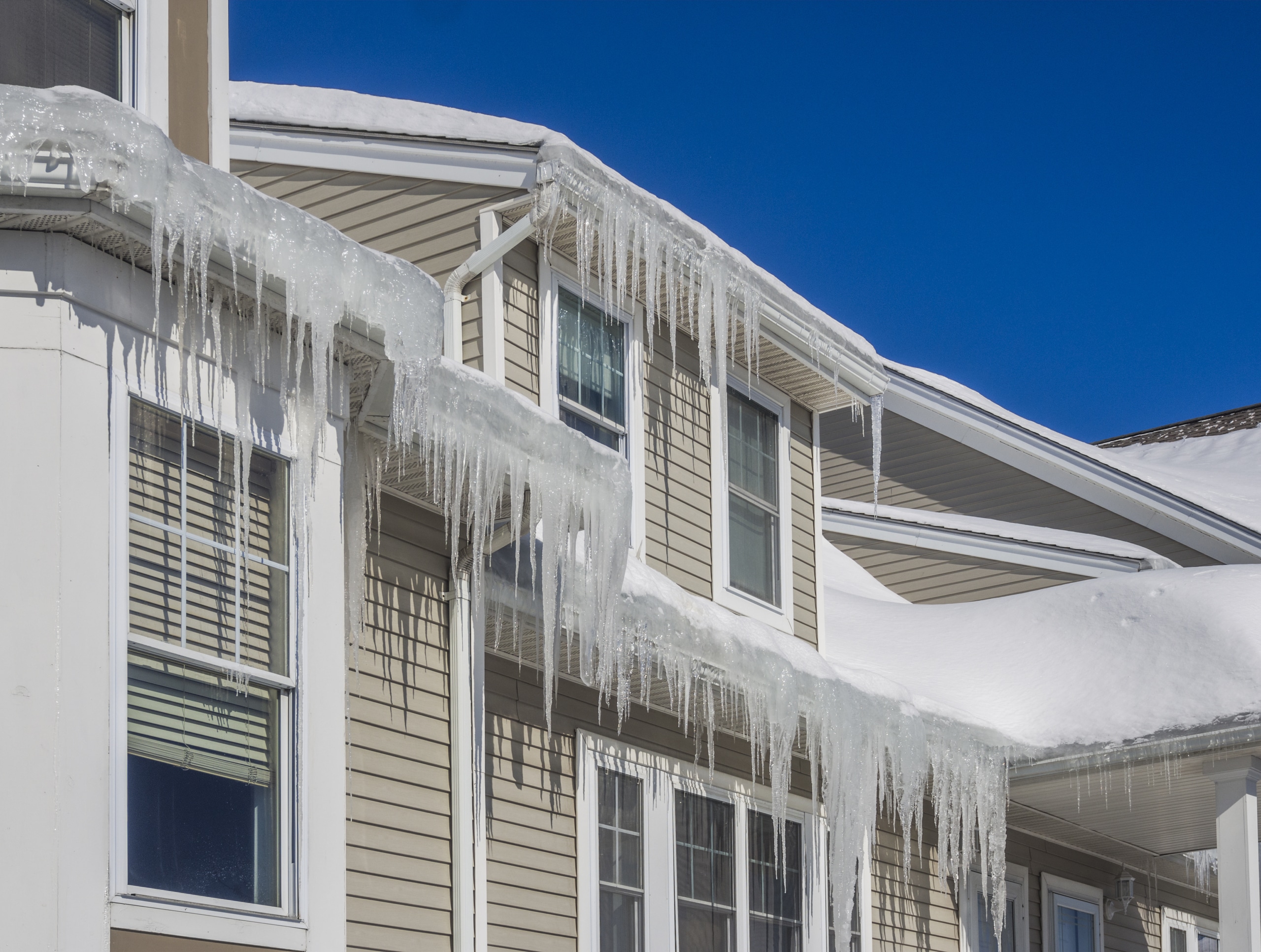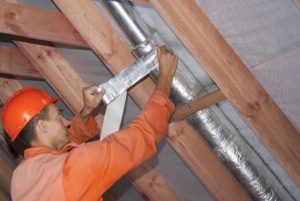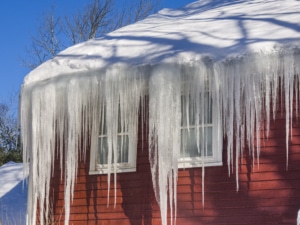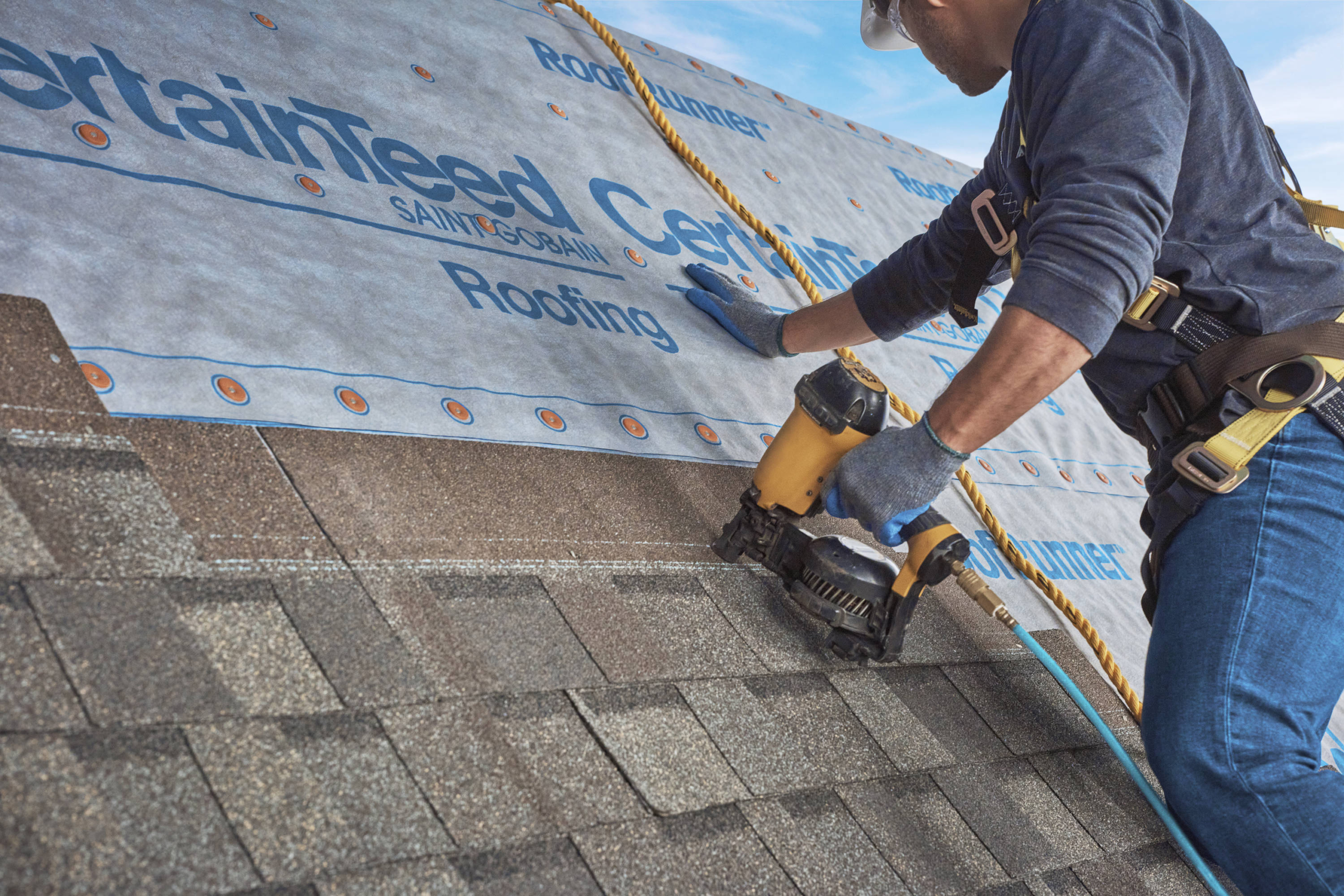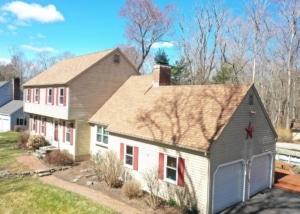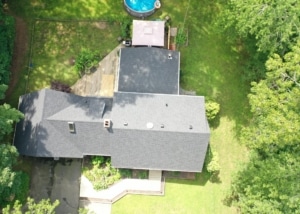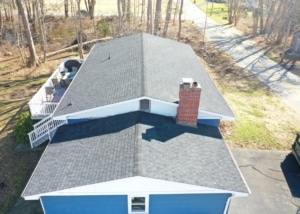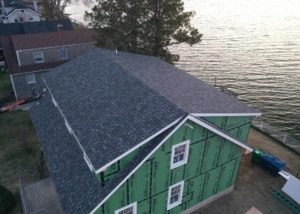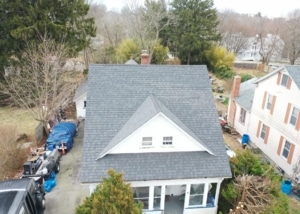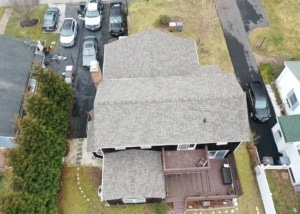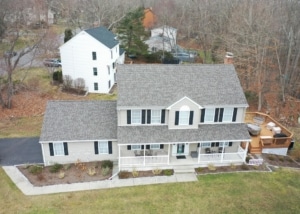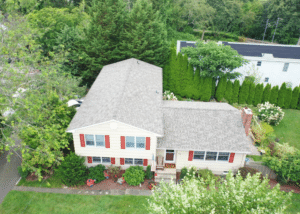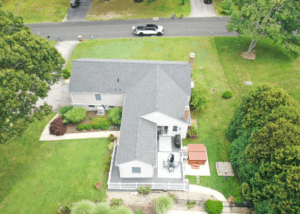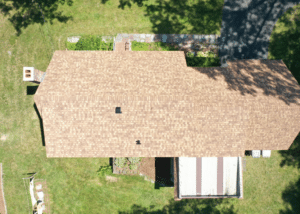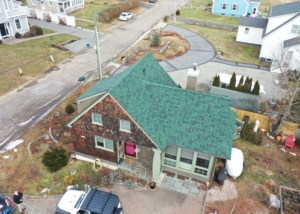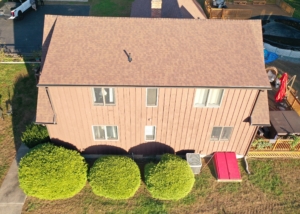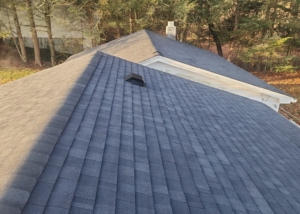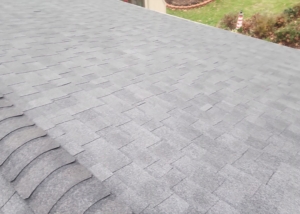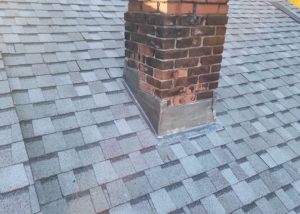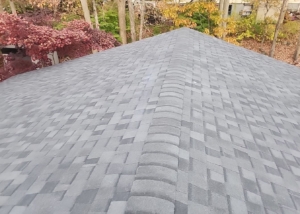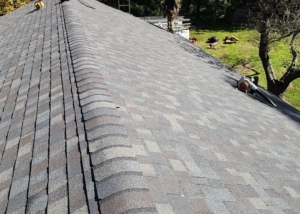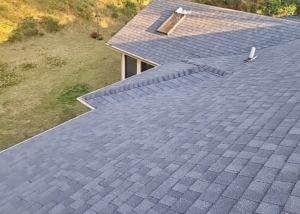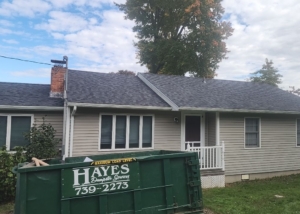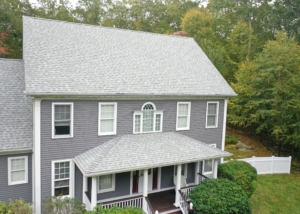While it may seem like the winter months are far away, they will be here before we realize. While there is a lot we cannot prepare for in these crazy times, we can begin to prepare our homes for a season full of snow storms that could bring on ice dams and the damage that they cause. We have provided some simple ways that homeowners can prevent ice dams from happening and avoid the headaches that they may cause to your home.
Why Do Ice Dams Form?
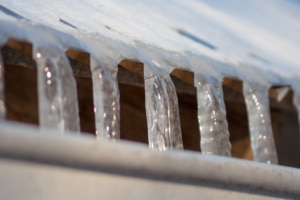
Tips On How to Prevent Ice Dams
- Never heat your roof: You actually want to keep your roof and attic cold. This will prevent the snow from melting and creating ice dams. The snow that has accumulated on your roof will eventually dissipate without producing large amounts of meltwater.
- The underside of the roof deck should never exceed 30 degree Fahrenheit: The best way to maintain low temperatures is to ensure that there is adequate insulation and that the gaps that let the warm air pass into the attic from the home are properly sealed.
- Attic Ventilation: The attic should be ventilated so that cold air is introduced into it and the hot air escapes rapidly. Some contractors think that they attic and roof being hot helps prevent ice dams but this is actually opposite. Although the excess heat moving from the attic through the roof rapidly melts snow, once the melt water touches the cold, it quickly freezes and forms an ice dam.
If you have a furnace in the attic, it may not be possible to prevent ice dams. However, having increased insulation should help.
- First insulate the areas between the roof rafters. It is important to keep an air space between the roof deck and the insulation in order to prevent condensation from building up. Having condensation build up can eventually delaminate the roof deck. Before you insulate, you will want to install polystyrene rafter air channels. This can be found at most local home centers.
- Next lay un-faced insulation batts or blankets over the furnaces heating ducts to help reduce the heat buildup in the attic.
Removing Ice Dams
In all cases the removal of snow will remove the source of potential ice dams
- For low slope roofs or flat roofs, use a heavy duty push broom with
- For a steep slope roof, a roof rake is recommended for 1 story homes. This is the safest way for a homeowner to pull snow off the roof from the ground. You do not want to pull the snow back abasing the slope of sideways as it could get underneath the cover and break the shingles.
Even though it is October and winter/ snow may seem weeks away, being prepared can save your time, money, and headaches. If you are unsure how your home will withstand the elements, call us for an assessment. We will happily point out any problem areas that can be taken care of.
Call us:
At BP Builders we know about roof repairs.
We also know when to replace a roof.
Ask for our advice.
Call us today for all your roofing needs.

